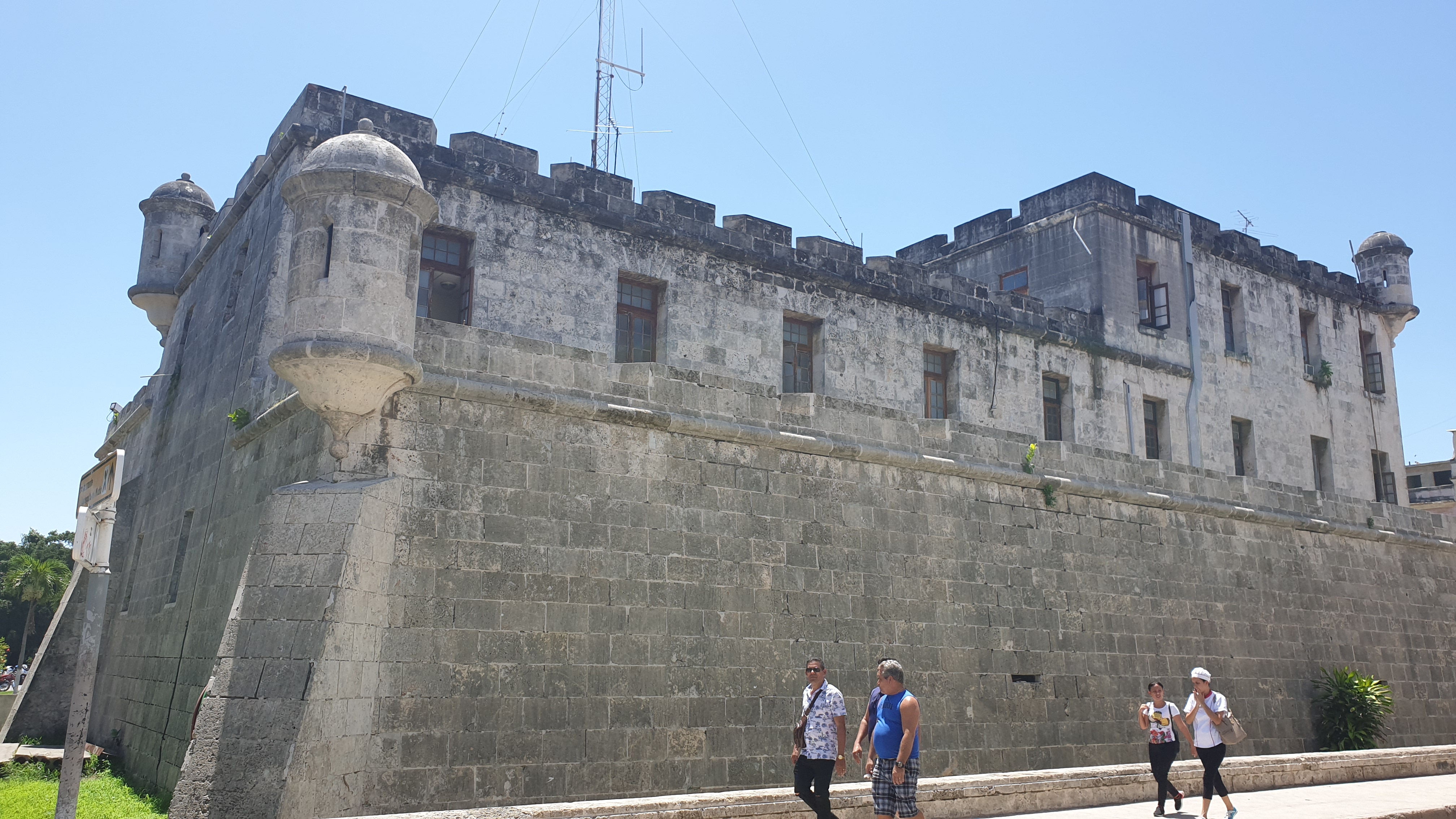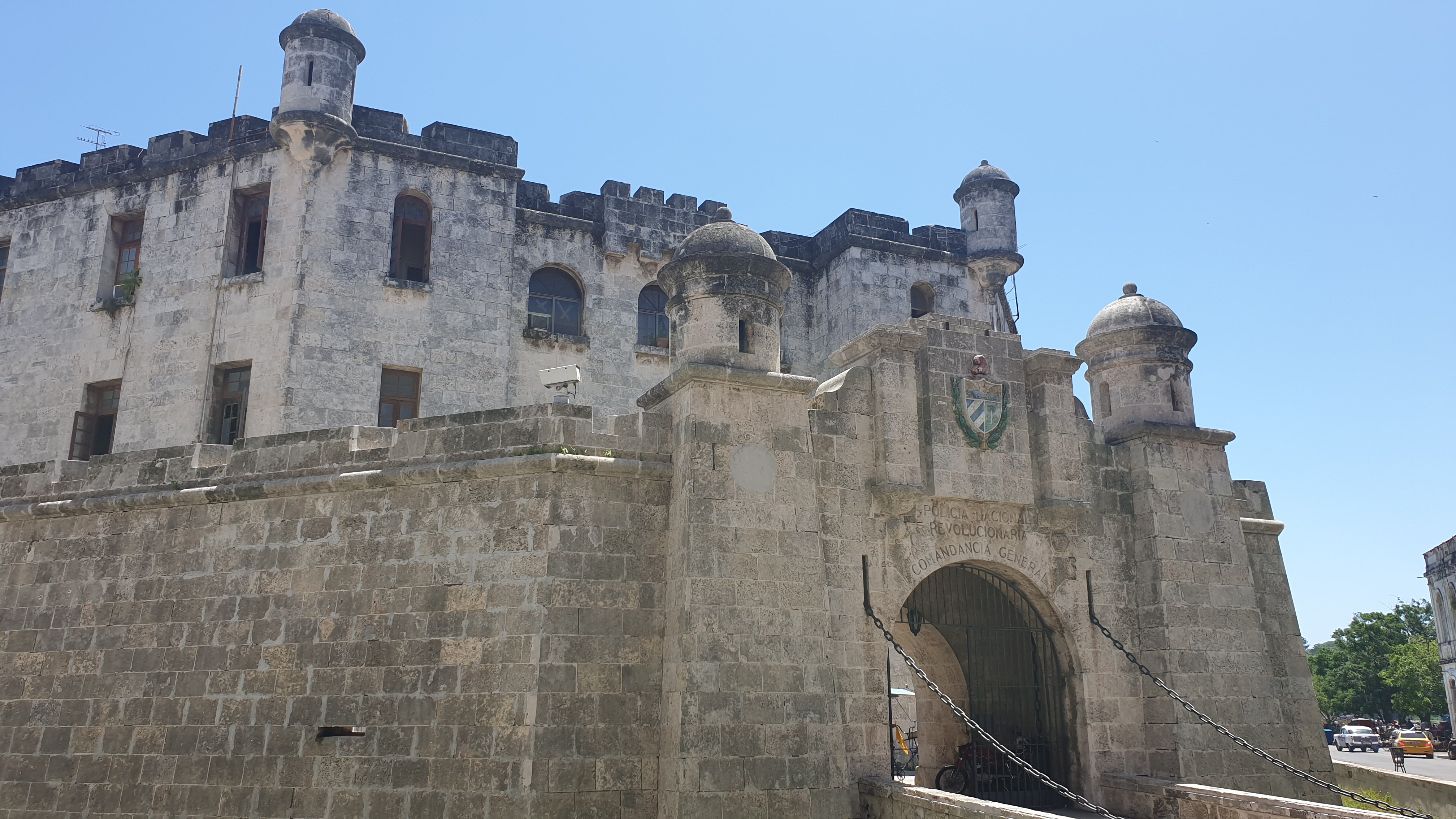We go as far west of Havana as Vinales. It is a pleasant town, with a large concentration of tourists.
We get here in the early afternoon and decided that we will go to the hotel on the hill to have some lunch, view and swim. As soon as we got there though it completely pissed down with rain, and we had a full thunder storm. We were thus drenched before the swim and lunch and waited for the weather to pass a little. Once it did we enjoyed the warm swimming pool water and then walked back into town- about 2km.






The next morning, we had a morning booked for exploring some of the farms in the area and learn about tobacco farming and cigar making. Our farmer’s name is Luisito and he has a good sense of humour. We begin by learning about the tobacco plant. It has 5 layers of leaves- the top, called Corona and the bottom layer, closest to the ground called Mananita. The top leaves get the most sunlight and are the strongest tasting, while the bottom leaves are the mildest. All cigars, irrelevant of quality are made of up a mixture of the layers of leaves.
Tobacco seeds are extremely tiny and are planted germinated first to grow seedlings before they are planted in the fields as older plants. Once the plants are fully grown they are picked, cut and dried for 3-4 months.
Hereafter the leaves are fermented. Fermentation takes place in a secret family concoction. Some are simple- like from vanilla and water only, while others contain water, rum (or as Luisito called it: Vitamin R), herbs or more. Fermentation takes 45 days after which the moist leaves are placed in packages of 50kg, made from green palm bark (from the royal palms on the Island- Cuba’s national tree. The leaves stay in these packages/baskets for 1 to 1.5 years.
Hereafter these leaves are used for rolling cigars. Leaves are picked by colour (the cigar rollers know which colour leaves are from which part of the plant. The central veins are removed from the leaves as these contain 75% of the nicotine in the leaf. The filler is then rolled, then the second layer and finally the outer layer. Layers are stuck together by a natural substance such as honey. (See video)
As I didn’t smoke cigars I got offered the farmer’s rum- a hip flask with a few sips left. He was taken aback when I drank that out the bottle and didn’t flinch like a woman 🙂 .
You can buy cigars at the farm- which in this case are used to make the milder Romeo and Juliet brand- at a much better price than from the shops, only difference being that they are not branded here. (no stickers).
Our guide for this trip was actually a mining engineer, and was most delighted that I was one too. As with many people in Cuba he had changed careers to an accountant and now guide.



















The next day the organised activity was a trip to the beach. This was no short trip with the road conditions being pretty bad, full of potholes and windy. It thus took us just under 2 hours 1 way. Margreth did not come with us as she had the flu- which is probably better for her to recover. The beach was lovely, white sand, turquoise, warm and calm waters and not too manypeople. I took the opportunity to catch my last Caribbean rays for the trip.



















































































































































































































































